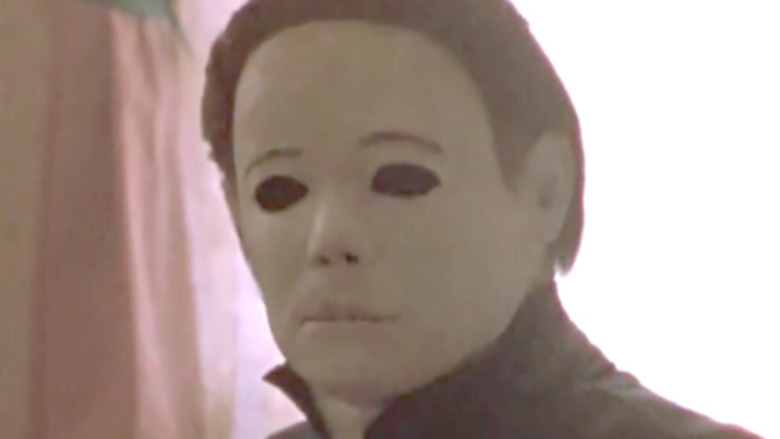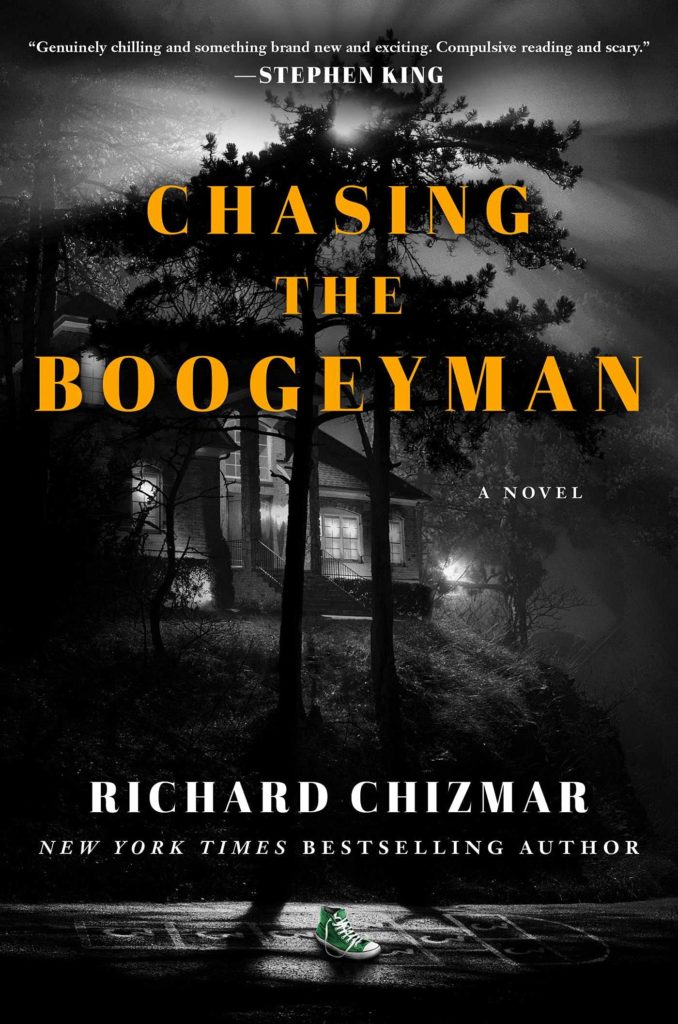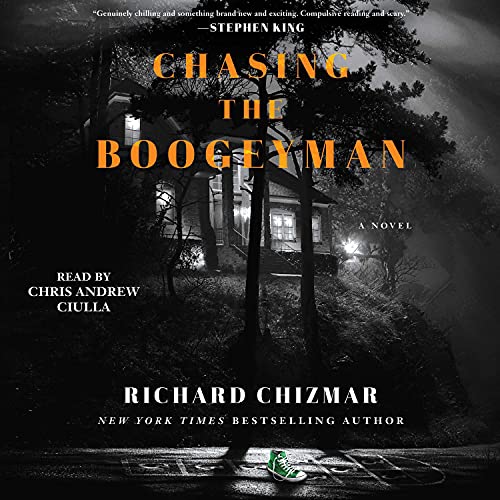The deadly decadence of the 1980’s is considered the golden age of horror. 1988 is arguably the pinnacle of this period with well over 40 cinematic releases and dozens of original literary works from Rice’s “The Queen Of The Damned” to Barker’s “Cabal” filling the boutique bookstores with tales of terror. Iconic slashers sliced their way through the big screens with Friday the 13th Part 7 and A Nightmare on Elm Street 4 premiering in 88’, but nothing was as eagerly anticipated as the return of the ultimate Boogeyman. After critics and fans lambasted the third entry into the series, (eventually Season Of The Witch gained the cult following it deserved) executive producer Moustapha Akkad purchased the full rights to “Halloween” with the full intention of bringing Michael Myers back. Ironically, or not, 1988 was also the year that acclaimed writer Richard Chizmar started his publishing company Cemetery Dance. The Bram Stoker nominated and International Horror Guild winning artist travels back to the gory glory year of 1988 with his newest novel, “Chasing The Boogeyman.” Here is a critical review of these two works of masterful macabre set in 1988, the year that The Boogeyman Cometh.

Michael Myers survived the explosion at Haddonfield Memorial a decade ago and has been comatose. While being transferred to a state facility, the sinister stalker manages to awaken and leave a trail of bodies all heading back to his hometown. Jamie Llyod, the daughter of Laurie Strode, is now living with her adoptive family in relative peace. Once Dr. Loomis hears of Michael’s disappearance, he frantically heads back to Haddonfield to warn a town that is just starting to pull the bloody band-aids off from the slaughter of 78’. Once Michael and Loomis arrive, a new set of teens taste the blade, and the community prepares to bring down the Boogeyman once and for all.
“Halloween 4: The Return Of Michael Myers” is often rated as the second-best entry in the series. Scribe Alan B. McElroy presents a realistic return while offering up a sub plot of a town tortured by terror. Young actress Danielle Harris, controversially cast due to her age, becomes one of the youngest scream queens in history with a brave performance and the iconic Donald Pleasance puts in another sensational shift as the obsessive Dr. Loomis. While other legendary series began to get stale and signal the end of this golden generation of horror, Michael Myers return was celebrated and enjoyed critical and financial success. From the large theatres in Los Angeles to the cramped mall cinemas like Golden Ring, the horror nation celebrated the return of the Boogeyman.
A young Richard Chizmar has just finished his journalism degree from the University of Maryland and is heading home for several months before getting married to his high school sweetheart. Eager to spend time with his parents and start an unusual career path in dark publishing, Chizmar unexpectantly walks right into the plot of a hometown horror tale. The blue-collar town of Edgewood, Maryland is under attack from a masked serial killer targeting young women. As the wooded areas surrounding the community become soaked in blood, Edgewood becomes cloaked in frenzied paranoia. Chizmar teams up with another young local journalist and the two desperately try to unravel the mystery of the man behind the mask.
“Chasing The Boogeyman” is an ultra-intimate unraveling of a community under an extreme terror threat. Writing as a fictional persona of himself and setting the plot in his hometown, the author delivers a uniquely descriptive work that delves with delicious detail into the dark heart of Americana in 1988. “Halloween 4” showed a few scenes reflecting the local aftermath of a terror town turned inside out. Wes Craven splashed some local lore into Woodsboro throughout “Scream,” and “Freddy vs. Jason” touched on the psychological effects in Springwood after the community suffered a large loss of youth population. 90 minutes is just not enough time to reveal the true nature of a ripple of water from a terror tide that splashes into a community. A full-length novel however is the perfect format to expose the metaphysical scaring that lingers long after the carnage. Chizmar plays this tune to perfection. From glances in the local convenience store, to old friends looking at each other with disdain, the true nature of the beast is exemplified in the human psyche. “Chasing The Boogeyman” is a perfect personification of a small-town killer on the loose and the descriptive details that dance through each page is a symphony of slaughter. Two of the most important things in either horror films or literature is to evoke emotion and transform setting. What makes “Halloween 4” and “Chasing The Boogeyman” classics is the work takes us to Haddonfield and Edgewood respectively and gets the audience to care about the citizens, care about the victims, and yearn for the conclusion that a wonderful work deserves. Jamie holding the knife at the top of the stairs as Loomis attempts to shoot her was an unexpected delight and will go down as one of the great finales in horror history. Chizmar will have you taking a stab with each turn through those claustrophobic roads in Edgewood in trying to solve the case in another fantastic finish.




